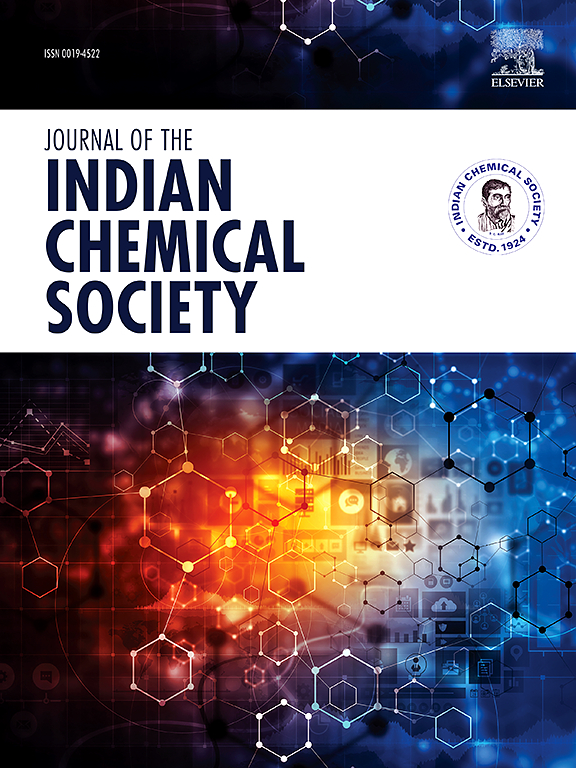A shorter and alternative route to duvelisib: application in scale-up synthesis
IF 3.2
4区 化学
Q2 CHEMISTRY, MULTIDISCIPLINARY
引用次数: 0
Abstract
A short, convenient and alternative synthesis of the oncological drug duvelisib is reported along with the development of chemical and chiral (wherever applicable) HPLC methods for product obtained in each step. The key features of the newly developed process include: (i) direct conversion of the intermediate possessing a Boc protected amino group to a new intermediate where the Boc group was replaced by the 7H-purin-6-yl moiety (via a two-step method involving the amine deprotection followed by reaction with 6-chloropurine), (ii) direct use of 6-chloropurine without employing any N-protection / deprotection strategy, and (iii) the construction of the isoquinolinone ring using a densely substituted intermediate at the end stage. The optimization of the two newly adopted steps was carried out in the 10g scale and the feasibility of the optimized conditions (involving the use of ZnCl2 in both cases) in the scale-up preparation was verified by conducting the reaction in 100g scale. The current alternative synthesis that involve nearly 3 fewer steps than the previous method afforded the desired product duvelisib in 38% overall yield (better than ∼19% overall yield of the reported method) that was purified further via the formation of a salt of (1R)-(-)-10-camphorsulfonic acid followed by converting back to the free base. 2009 Elsevier Ltd. All rights reserved.

求助全文
约1分钟内获得全文
求助全文
来源期刊
CiteScore
3.50
自引率
7.70%
发文量
492
审稿时长
3-8 weeks
期刊介绍:
The Journal of the Indian Chemical Society publishes original, fundamental, theorical, experimental research work of highest quality in all areas of chemistry, biochemistry, medicinal chemistry, electrochemistry, agrochemistry, chemical engineering and technology, food chemistry, environmental chemistry, etc.

 求助内容:
求助内容: 应助结果提醒方式:
应助结果提醒方式:


